Employee monitoring software has become a prevalent tool in today’s work landscape, particularly with the rise of remote and hybrid work models. While concerns around privacy and micromanagement exist, the data gleaned from these tools can offer valuable insights for businesses seeking to enhance employee productivity, well-being, and overall performance. Let’s delve into the treasure trove of data-driven insights unlocked by employee monitoring software and explore how businesses can leverage this information for positive outcomes.
The Power of Data:
Employee monitoring software captures a range of data points, including:
- Application and Website Usage: This data reveals how employees spend their time online. Identifying excessive social media usage or irrelevant browsing can highlight potential time management issues or suggest areas for training on more efficient workflows.
- Time Tracking: Monitoring software tracks time spent on specific tasks and projects. This data can be used to assess project timelines, identify areas where tasks take longer than expected, and optimize workflows for enhanced efficiency.
- Activity Levels: Monitoring software often tracks keyboard and mouse activity, providing insights into work patterns. Unusual lulls in activity may indicate distractions or potential burnout, prompting management interventions to address potential issues.
- Communication Patterns:Analyzing communication patterns within teams can reveal collaboration strengths and weaknesses. This data can be used to foster improved communication strategies and team dynamics.
Transforming Data into Actionable Insights:
The true value of employee monitoring software lies not just in data collection, but in translating that data into actionable insights:
- Identifying Skill Gaps: Monitoring data may reveal employees struggling with specific software or processes. This can inform targeted training programs to bridge skill gaps and enhance overall team expertise.
- Optimizing Workflows:Analyzing time spent on tasks can unveil bottlenecks and inefficiencies in workflows. This data can be used to streamline processes and free up valuable employee time. You will get tips to avoid overworking.
- Promoting Accountability: The awareness of being monitored can encourage employees to take greater ownership of their time and tasks. This can foster accountability and increase overall work ethic.
- Enhancing Security: tracking software can detect unusual activity or access attempts, potentially indicating security threats. This allows for proactive measures to safeguard sensitive data and prevent cyberattacks.
Navigating the Ethical Landscape:
While data-driven insights offer significant benefits, ethical considerations are paramount:
- Transparency is Key: Employees need to be fully aware of the type of data being monitored and how it will be used. Transparency fosters trust and minimizes concerns about micromanagement.
- Focus on Outcomes, Not Activity: Data should be used to evaluate overall work performance and identify opportunities for improvement, not to micromanage every keystroke.
- Prioritize Privacy: Clear boundaries need to be established regarding monitoring practices. Sensitive data should be protected, and employees’ privacy rights should be respected.
Conclusion:
Data-driven insights from employee monitoring software can be a powerful tool for businesses seeking to optimize workflows, enhance productivity, and cultivate a thriving work environment. However, transparency, respect for privacy, and a focus on employee well-being are crucial for harnessing the potential of this technology in a responsible and ethical manner. By using data insights to empower employees, businesses can unlock a future of mutual benefit and collaboration.
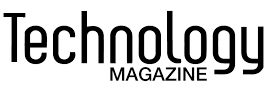
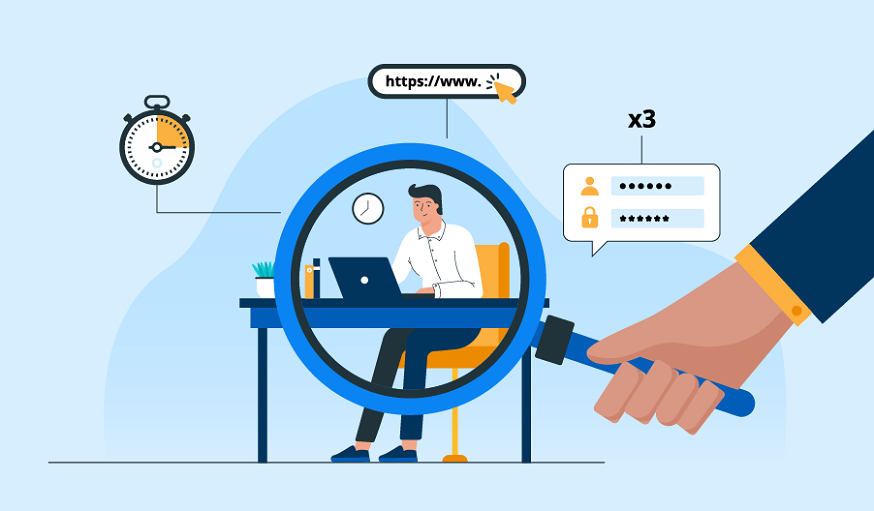



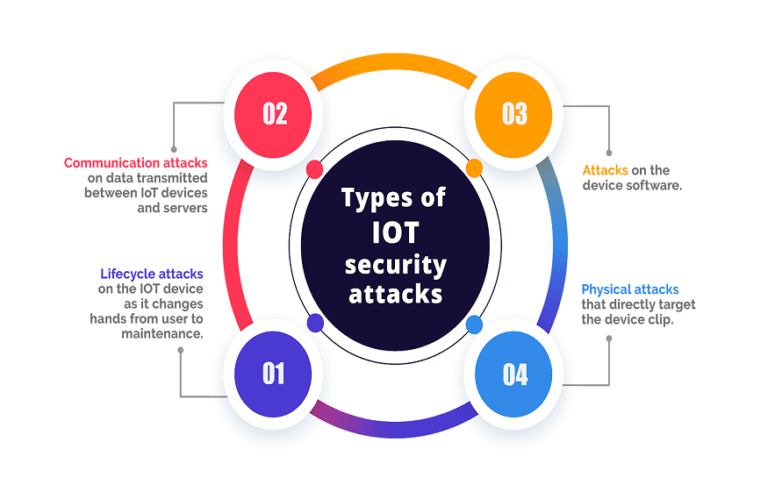



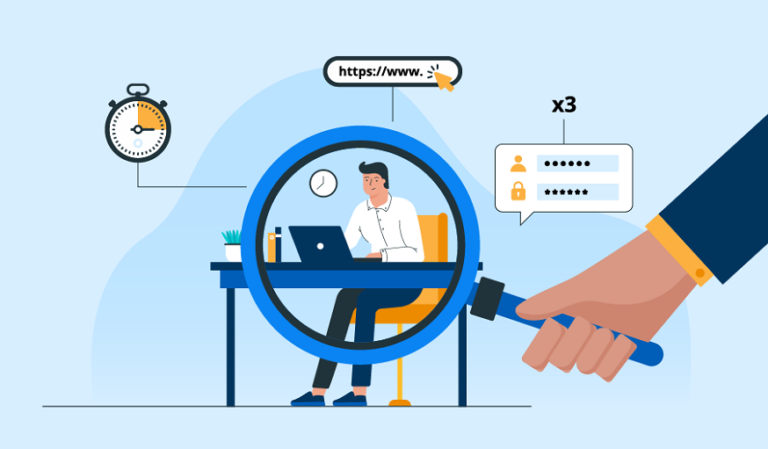
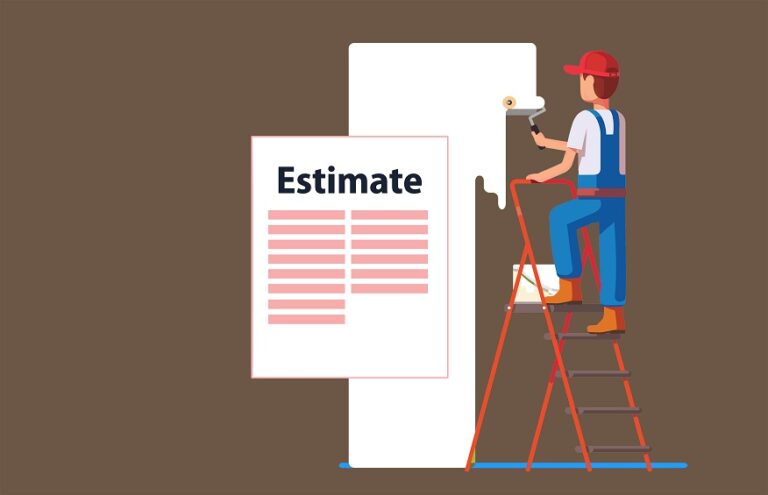

+ There are no comments
Add yours